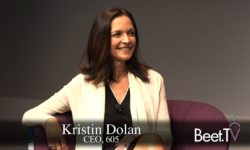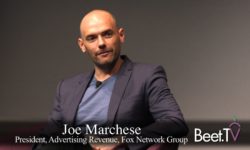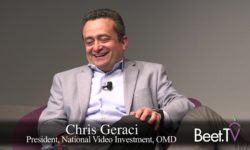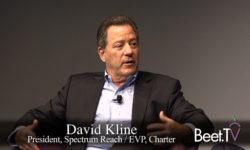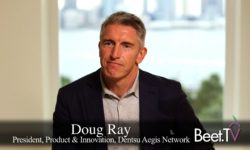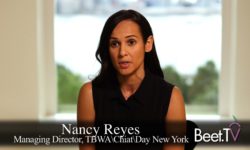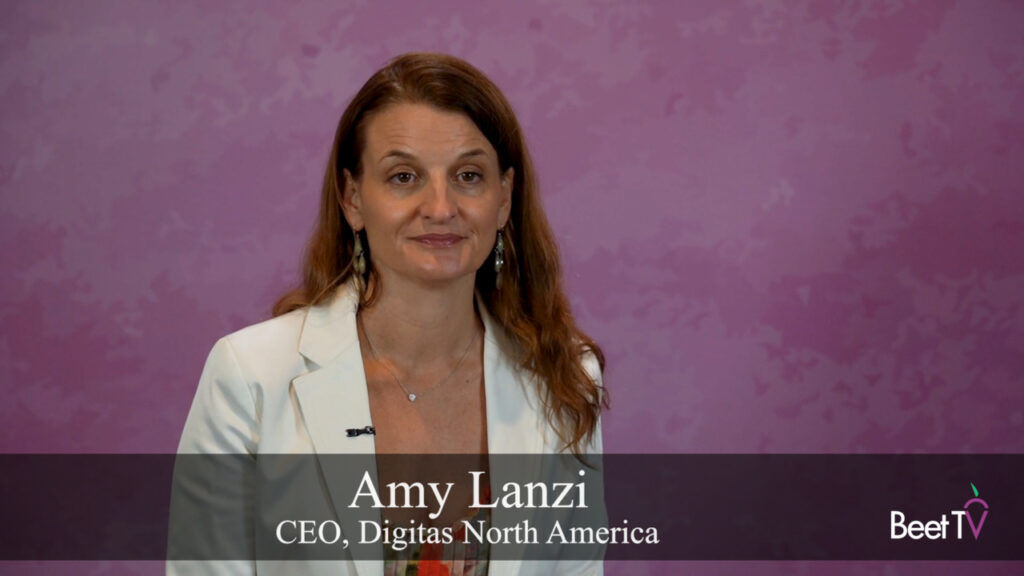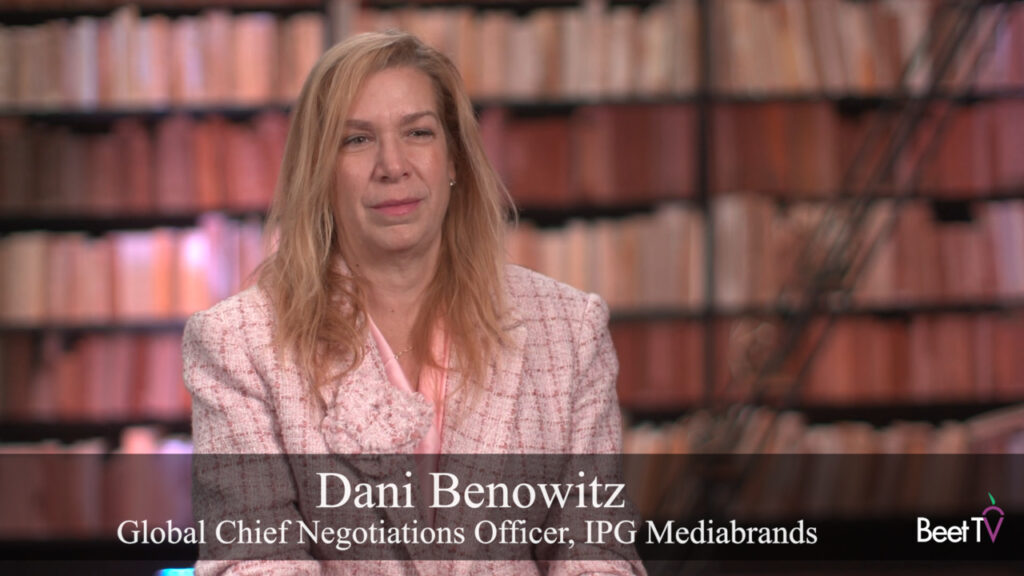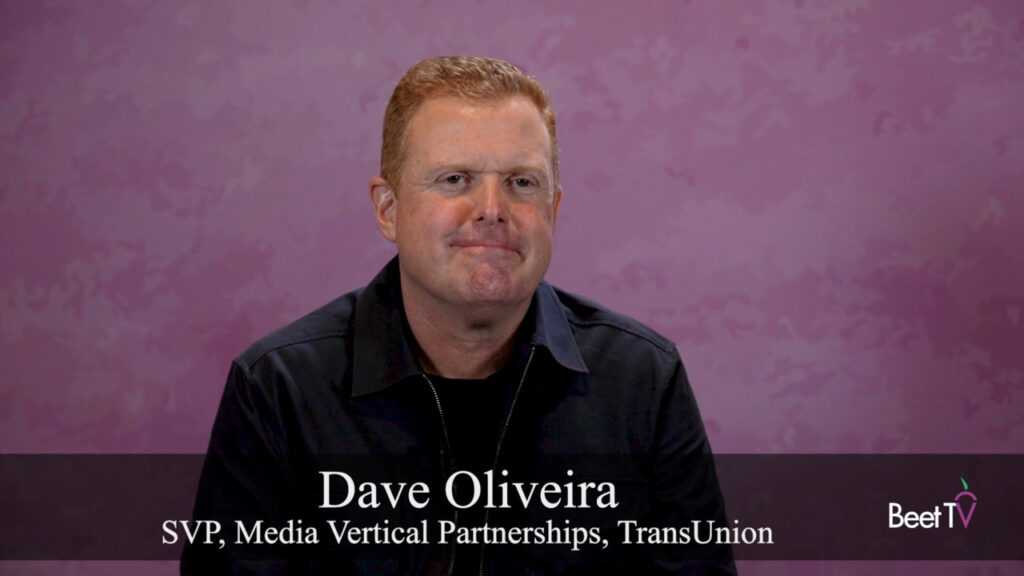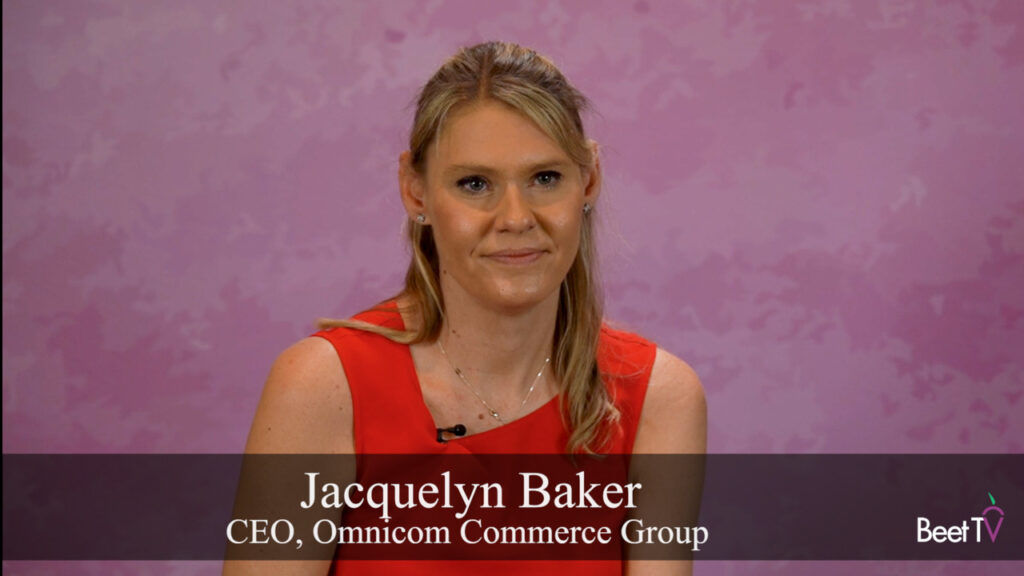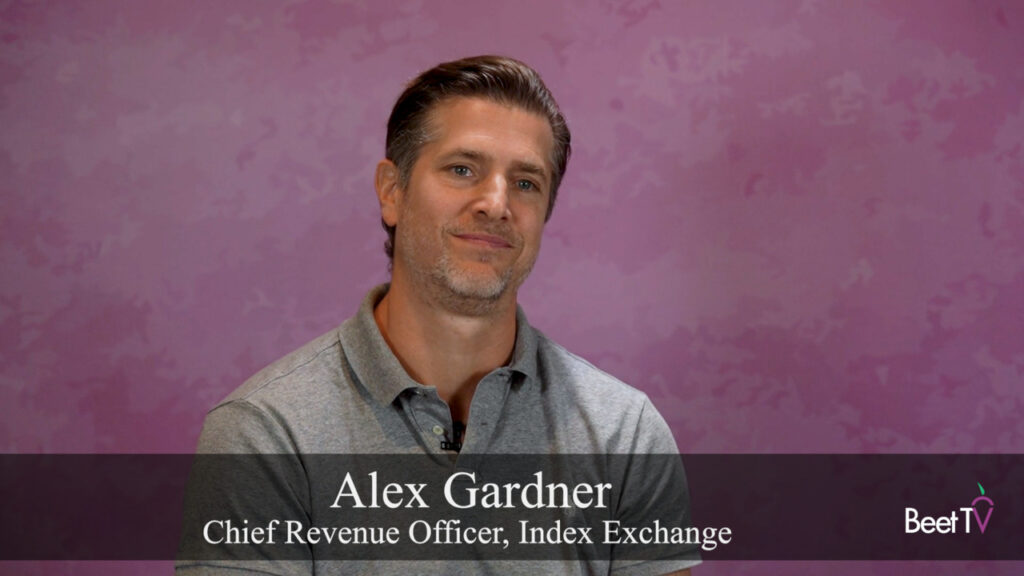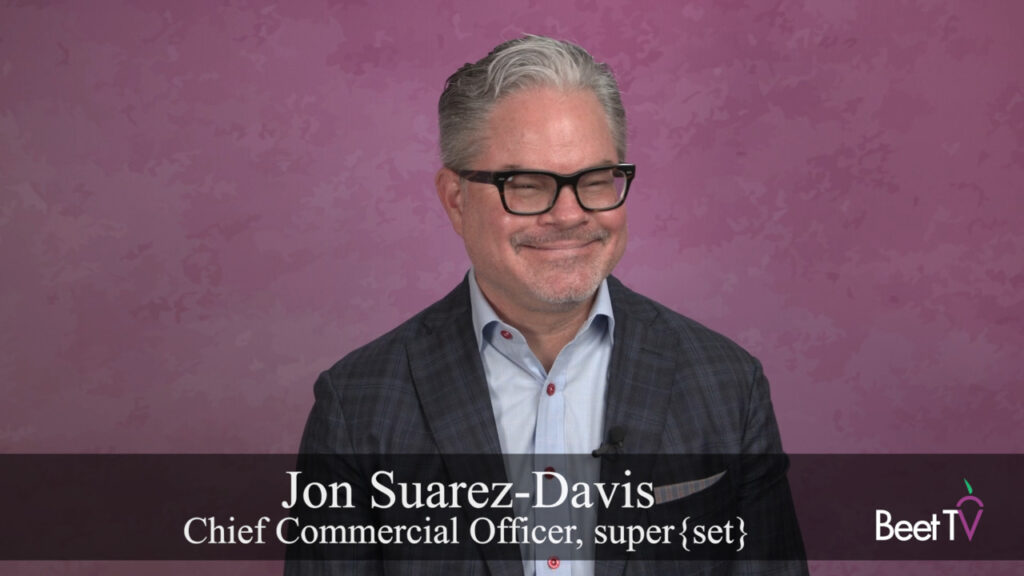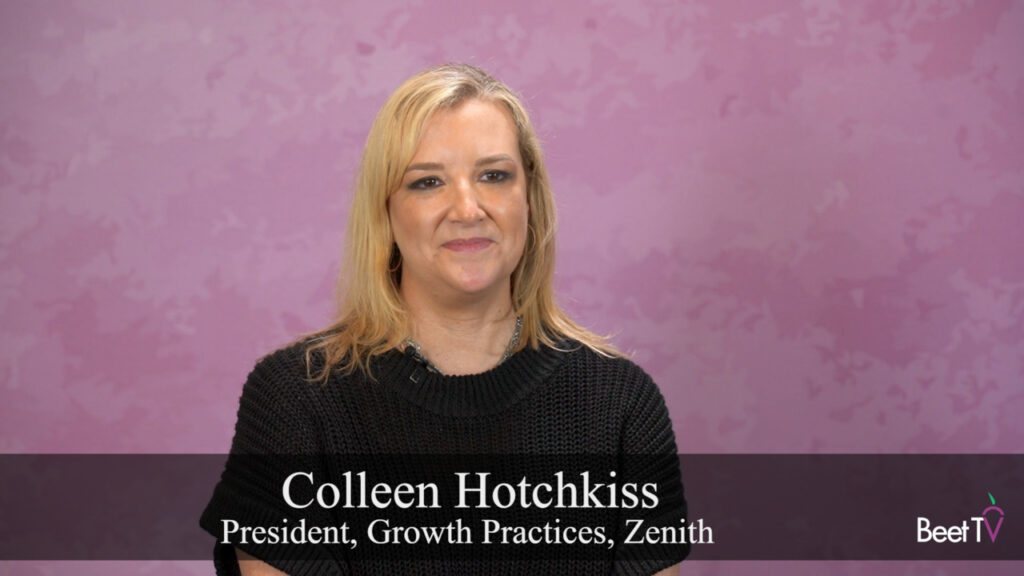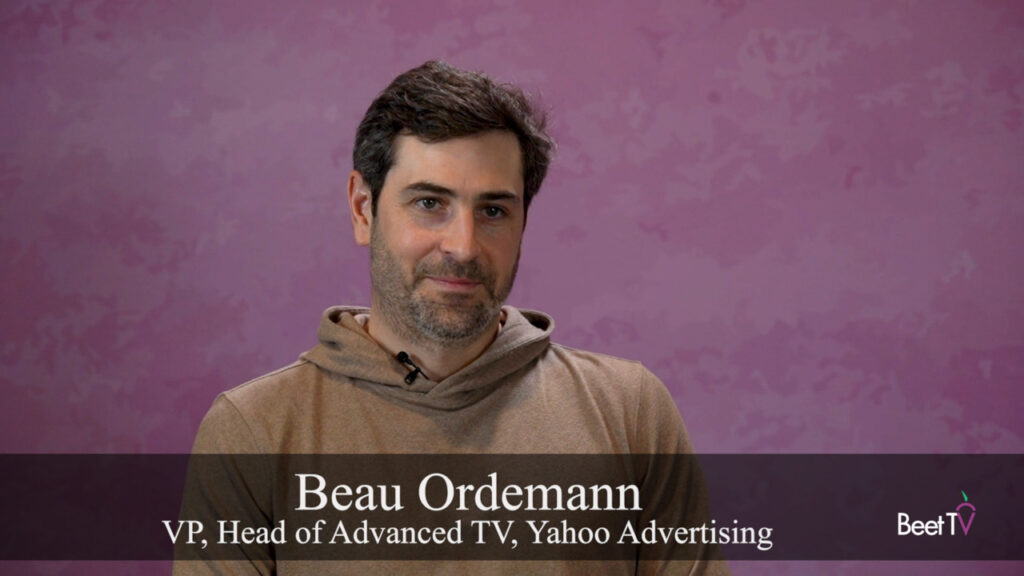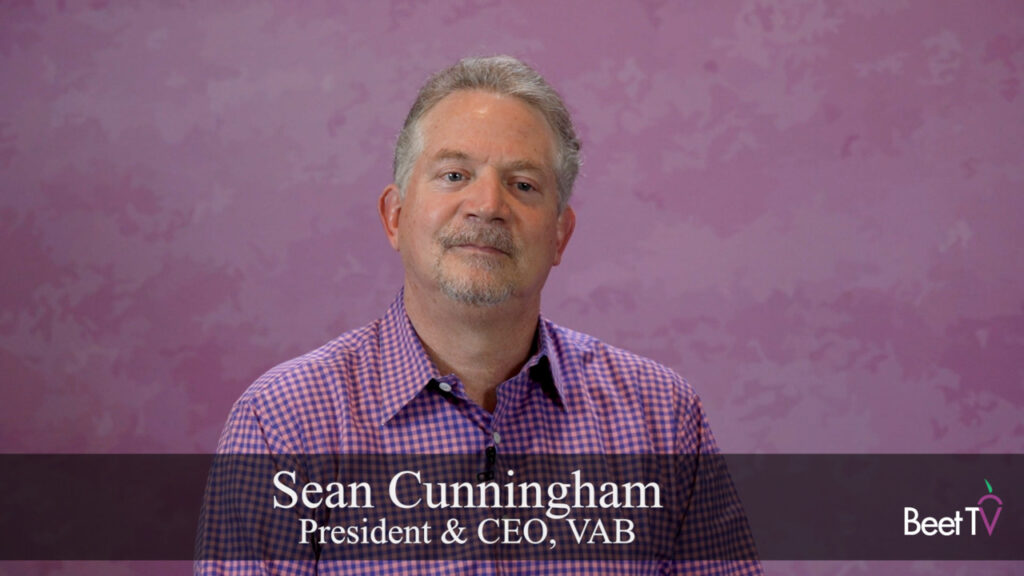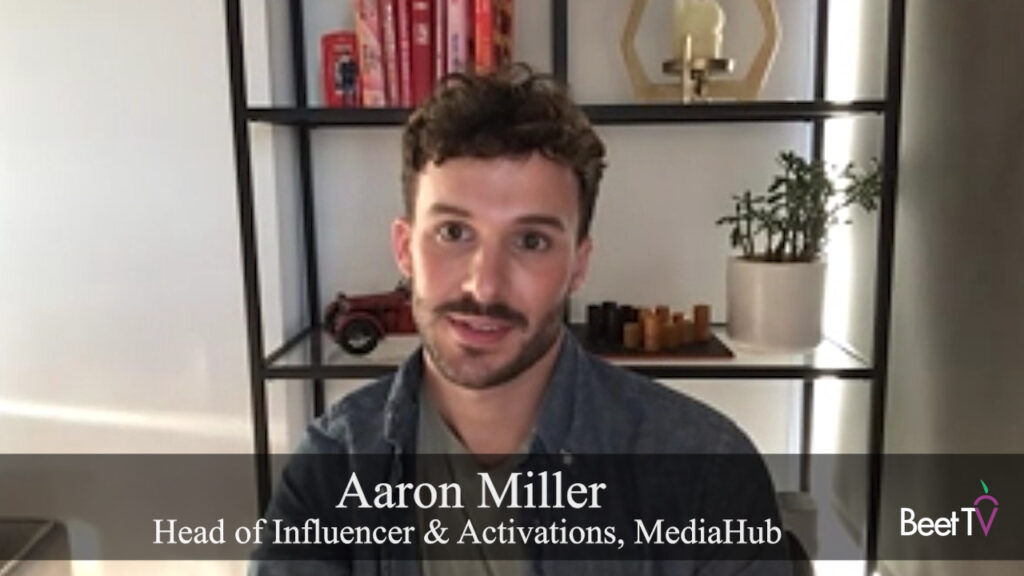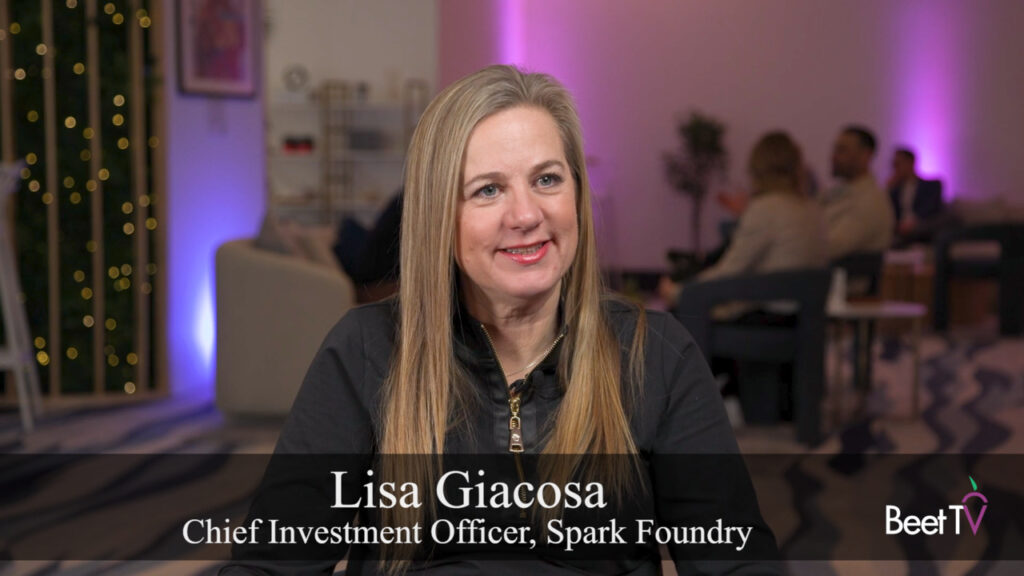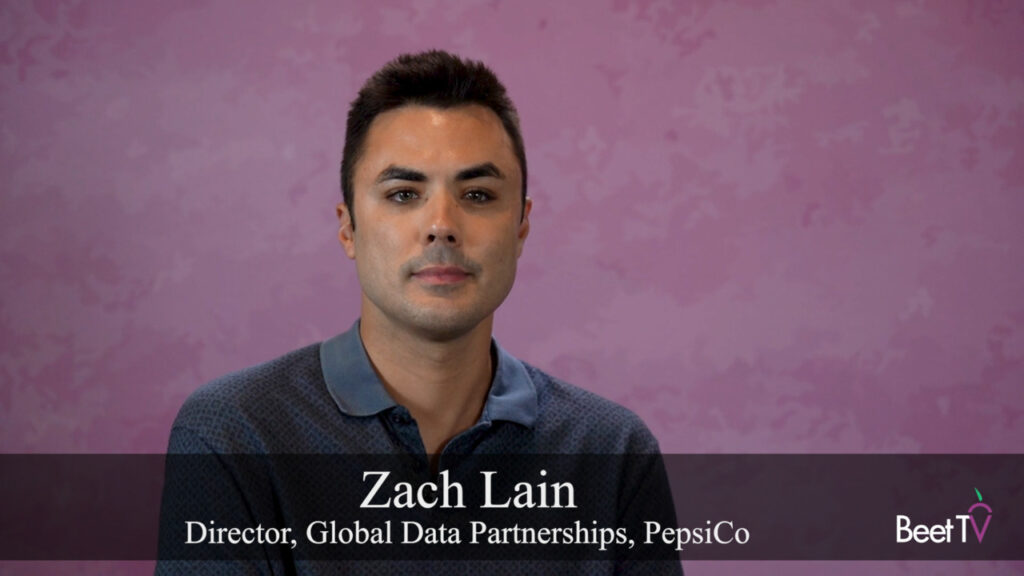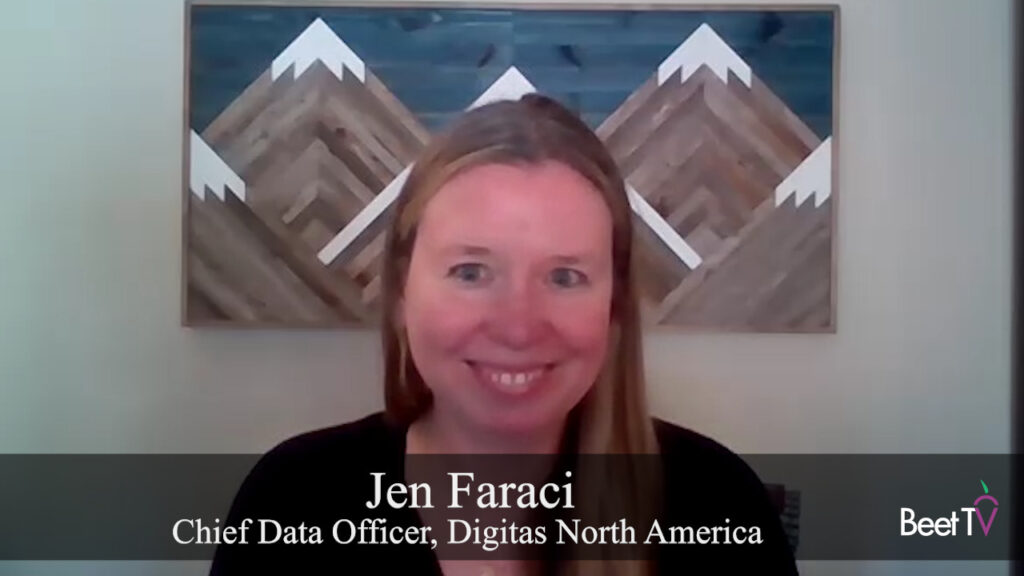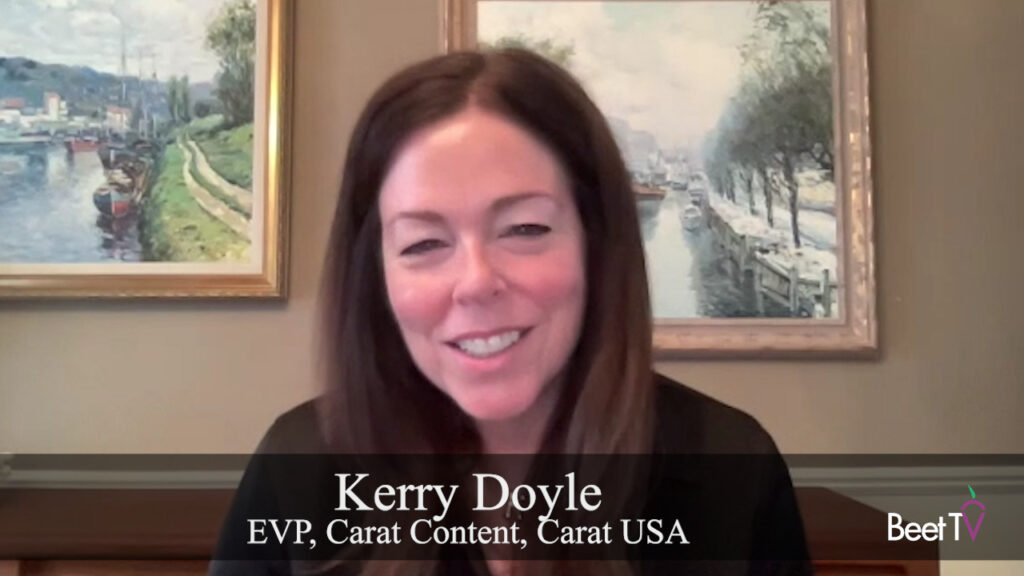When TiVo and Rovi merged in the fall of 2016, one priority was to pool all of the set-top box viewing data from TiVo’s own hardware and combine it with data from cable and satellite operators. But the combined data were useful only to the extent that software could extract insights.
“So when we first came in we took this decision that said set-top data must move at the speed of digital,” says Walt Horstman, TiVo’s SVP, GM, Advanced Media & Advertising. That meant “in a matter of seconds.”
The underlying motivation, Horstman explains in this interview at last week’s Beet Retreat in the City: “We’re in the golden age of TV, but we’re also in the golden age of TV data.”
Now advertisers and media companies “truly can understand how TV advertising changes consumer behavior,” he says in response to a question from Ashley J. Swartz, CEO of Furious Corp.
This means “No longer using proxies, no longer using correlation metrics, but truly in a deterministic fashion understand how we can change consumer behavior through TV advertising, and that’s what’s really exciting,” says Horstman.
What’s gratifying to see on the buy-side is that the siloes between TV planners/buyers and digital planners/buyers “are really coming down. We are now using TV data with digital planners, analytics folks at agencies or brands.”
He says the “real momentum” is reflected in the realization that everyone needs to comprehend how TV and any kind of digital campaign work together.
“It’s all about integrating the effectiveness, the targeting, the measurement and understanding the impact of TV on digital campaigns and vice versa,” Horstman says.
In addition to bulking up on viewing data, TiVo has been advancing the cause of deeper audience engagement with its Personalized Content Discovery Platform, which groups viewers’ favorite shows, genres, interests—even actors and directors—into personalized carousels.
“We’ve given the consumer everything they ever wanted, which is all the content available on demand on any device. That has created a challenge for the consumer because it’s harder to find things.”
Content recommendation drives longer engagement, “which of course increases more advertising units, more monetization,” Horstman says.
Among the insights derived from the Personalized Content Discovery Platform is that from Monday through Friday of a typical week, “consumers are much more focused on watching what they’ve currently been watching, catching up with whatever their favorite shows are.”
Conversely, on weekends people are “much more interested in exploration of a broader set of offerings, and that’s where we can expand catalog consumption either for a content provider or for a service provider.”
An overarching goal is to keep people in the ad-supported TV environment.
“As we know, the biggest advertiser on television is television. And so we’re starting to bridge that story between personalized recommendations with also marketing content and merchandising in the same offering,” Horstman says.
This video was produced at the Beet Retreat in City & Town Hall on June 6, 2018 in New York City. The event and video series are presented by LiveRamp, TiVo, true[X] and 605. For more videos from the series, please visit this page.







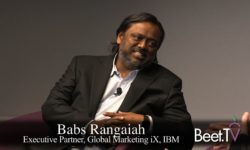
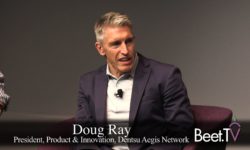


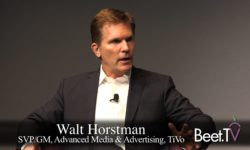
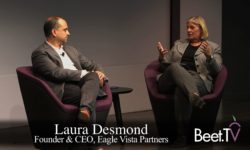
![true[X]’s Midha Revels In Vogue For Lower Ad Load](https://www.beet.tv/wp-content/uploads/2018/06/thumbnail-55-250x150.jpg)
